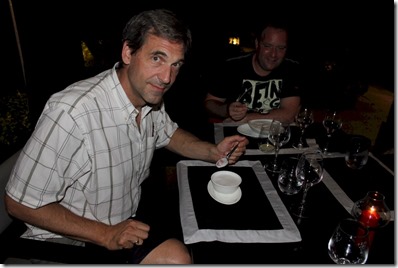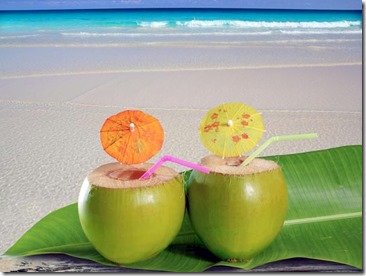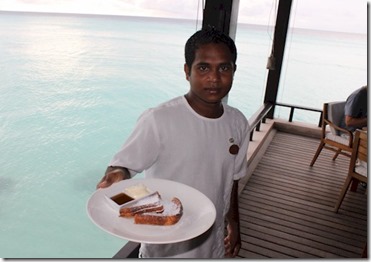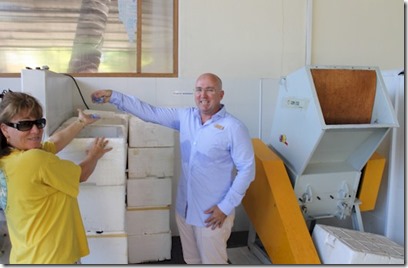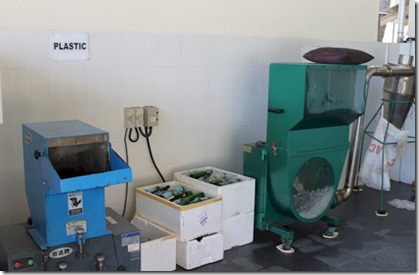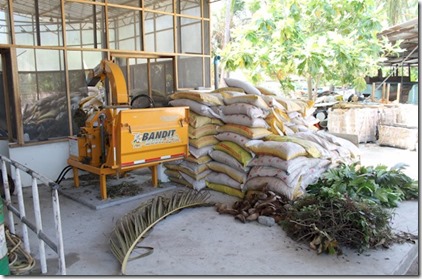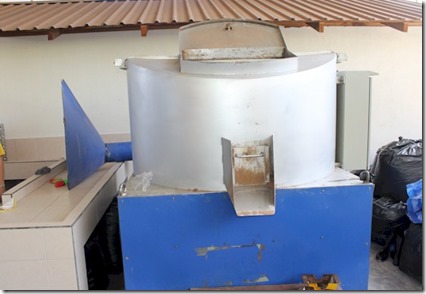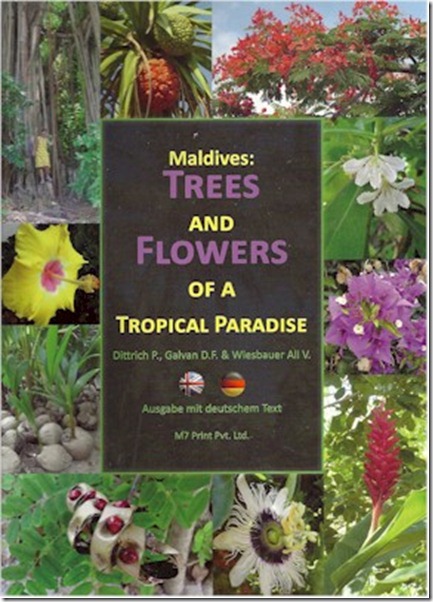One of my all time favourite coconut delicacies is the “Tub Kim Krob” served at Ayada’s Kai restaurant. Kai serves gourmet Asian fusion food to rival Anatara’s memorable Geckos. Tub kim krob is the simplest of dishes – basically coconut milk and water chestnut – and yet so divinely moreish. I struggle to find Asian desserts that I really savour (especially if you eliminate all the mango concoctions). But this dish I could eat again and again. And I wasn’t alone. Ayada Sales and Marketing Director Niclas Prokop had joined us and like most resort management accompanying us for dinner was pretty indifferent to what he had to eat (I’m sure he’s had everything on the menu many times). Except when it came to dessert. Then, there was no hesitation and he immediately put in an order for the tub kim krob. And the other staff with us echoed his request. So I definitely had to try some myself.
More like “YUM tim krob”!

